Histology & Digital Imaging
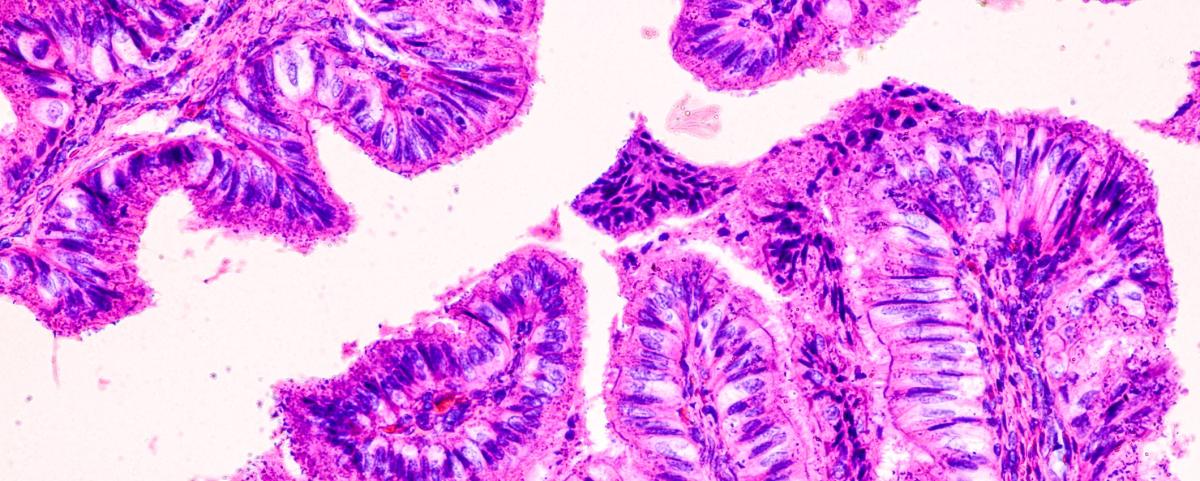
Get comprehensive histology and imaging services for your University of Minnesota research.
Request services
Off-campus requests require a VPN connection
75+ years
Of combined histology and imaging experience among three technicians.
100+ studies
Supported per year.
~500 antibody staining protocols
Plus, the ability to develop new workups.
End-to-end histology and digital imaging services
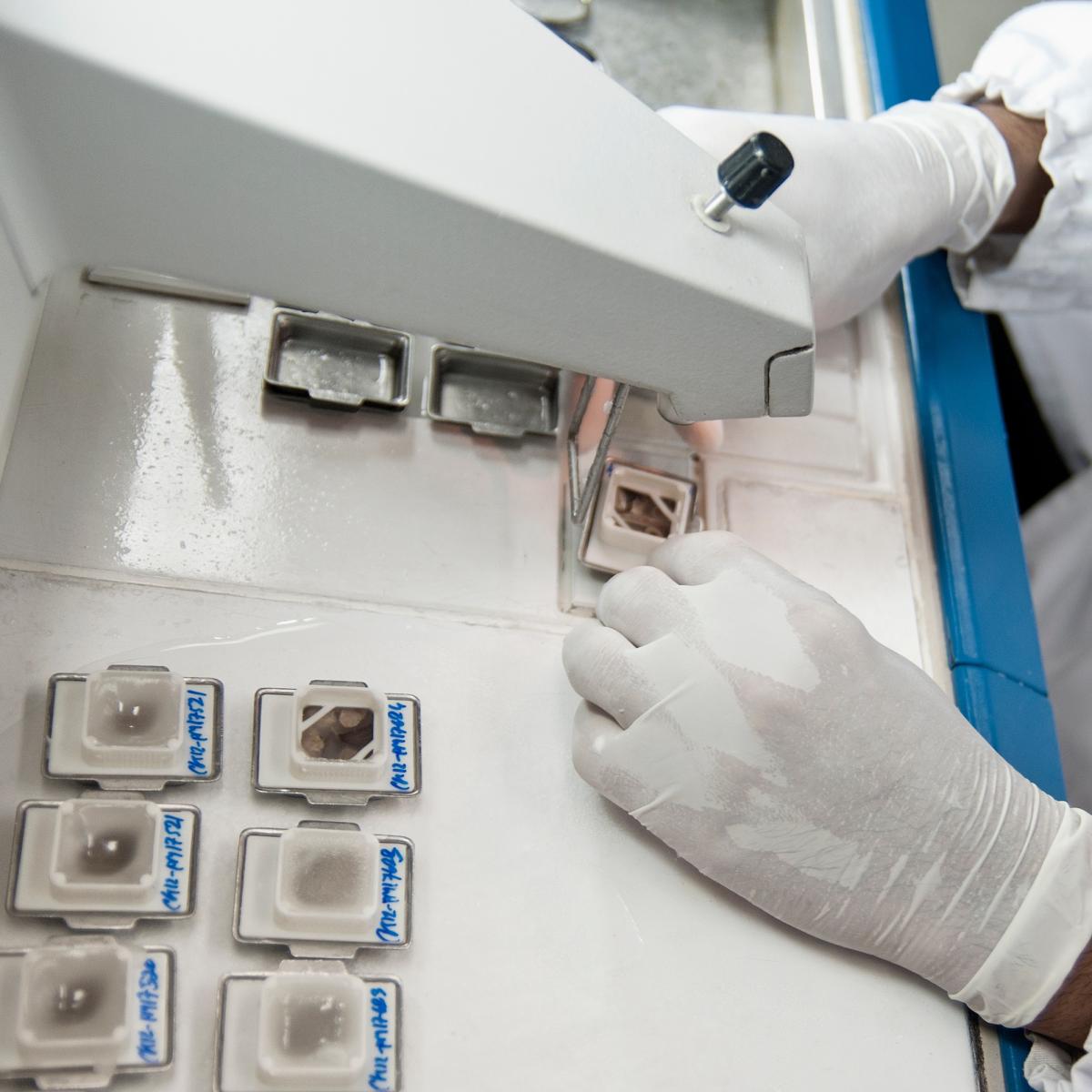
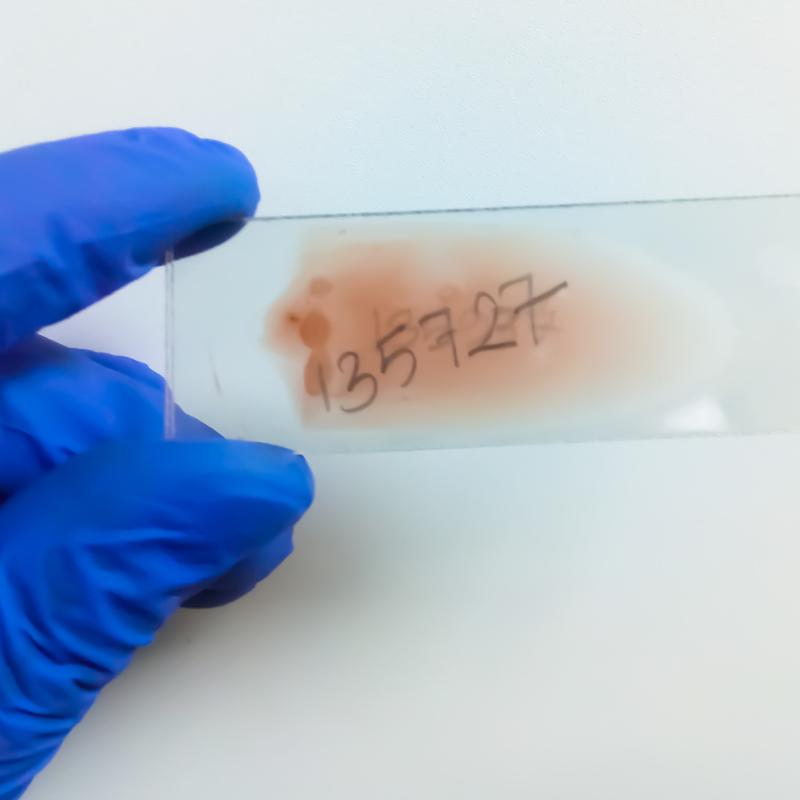
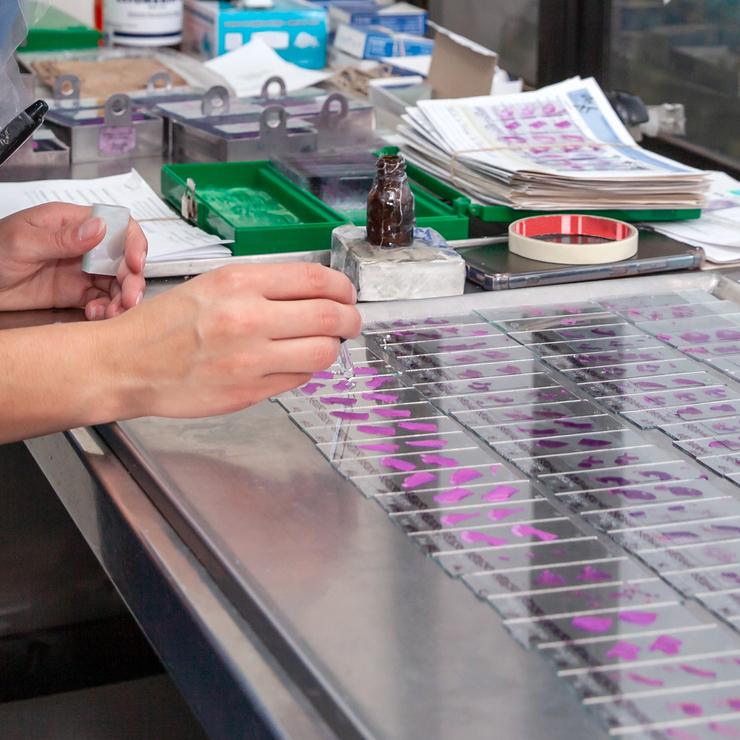
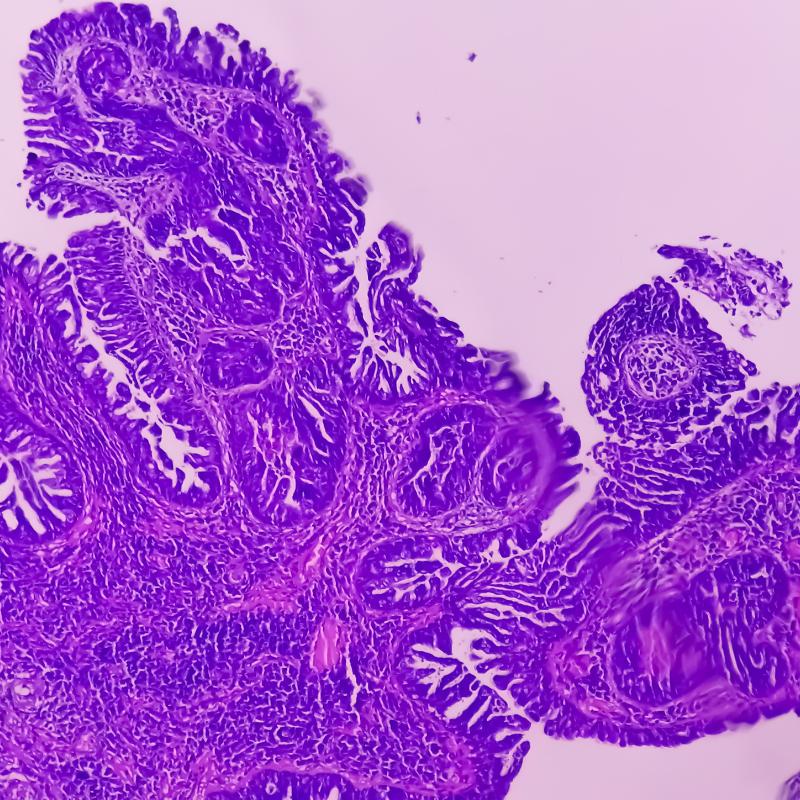
Histology services for a wide range of species
Rates
Email [email protected]
Location
2-155 Jackson Hall
Contact
Paari Murugan, MD
Medical Director
[email protected]
Scott Horsfall, MBA, CT (ASCP)
Program Director
[email protected]
Colleen Forster, HT(ASCP)QIHC
Histology Technician
[email protected]